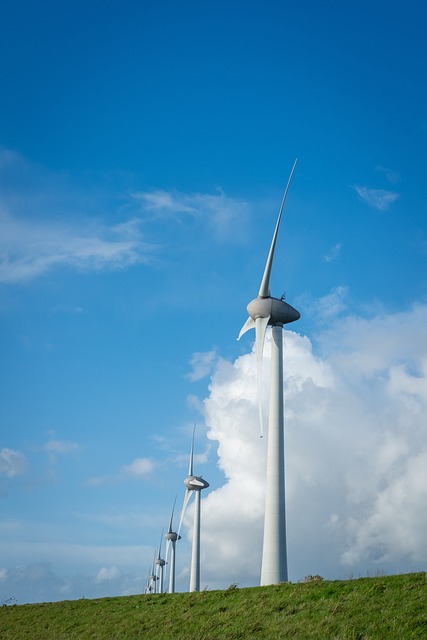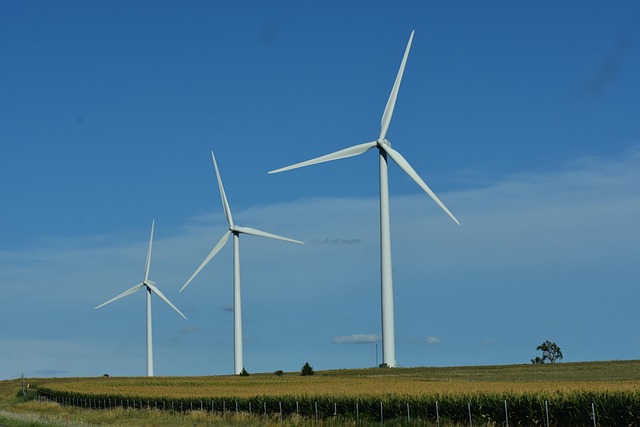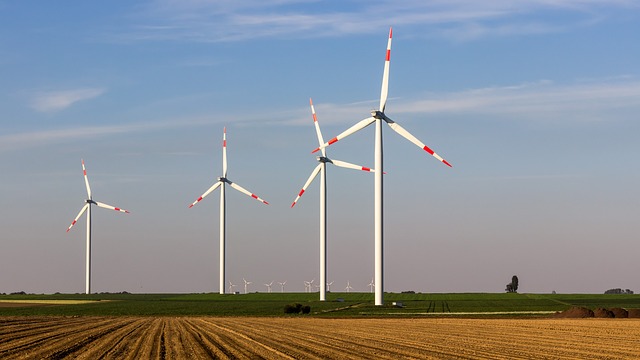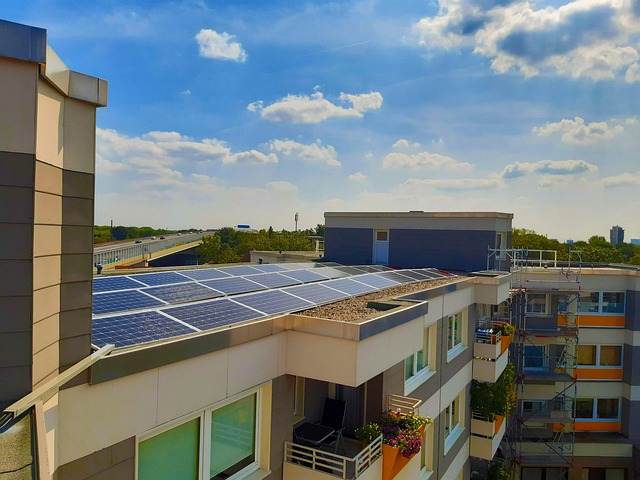Exploring the Myths and Realities of Renewable Power
In recent years, the conversation around renewable energy has gained tremendous momentum, driven by growing concerns about climate change, energy security, and sustainable economic development. As a result, the transition from fossil fuels to renewable energy sources has become a focal point for policymakers, businesses, and individuals alike. However, amidst the promising advancements in renewable power, numerous myths and misconceptions persist. This article delves deep into the myths and realities surrounding renewable power, aiming to provide a clearer understanding of this critical subject.
The Rise of Renewable Energy
The concept of renewable energy encompasses a variety of energy sources, including solar, wind, hydroelectric, biomass, and geothermal power. These sources are characterized by their ability to regenerate naturally, rendering them sustainable alternatives to the finite resources associated with fossil fuels. Over the past decade, the renewable energy sector has witnessed exponential growth, with investment in this area steadily increasing. According to the International Renewable Energy Agency (IRENA), global renewable energy capacity reached over 2,800 gigawatts (GW) by the end of 2020, illustrating an upward trend that shows no signs of stopping.
Common Myths Surrounding Renewable Energy
Despite the positive advancements and investment in renewable energy, several myths continue to cloud public perception. Understanding these misconceptions is crucial in fostering a more informed dialogue.
Myth 1: Renewable Energy is Not Reliable
One prevalent myth is that renewable energy sources like solar and wind are unreliable due to their dependence on weather conditions. Critics argue that because solar panels only generate power when the sun is shining and wind turbines only function when the wind is blowing, these sources cannot provide a consistent energy supply.
Reality: While it is true that solar and wind energy are intermittent, advancements in energy storage technology, such as batteries and pumped hydro storage, have significantly improved the ability to store energy for use during low generation periods. Additionally, diversifying energy sources and utilizing smart grid technologies enhance the reliability of renewable power, allowing for a more stable and resilient energy system.
Myth 2: Renewable Energy is Too Expensive
Another common misconception is that renewable energy technologies are prohibitively expensive compared to traditional fossil fuels. Critics often point to the upfront costs associated with installing renewable energy systems as evidence of their unaffordability.
Reality: In recent years, the cost of renewable energy technologies has plummeted. According to the Lazard Levelized Cost of Energy Analysis, the cost of solar photovoltaic (PV) power has decreased by approximately 89% since 2009, while onshore wind costs have dropped by about 70%. In many regions, renewable energy is now the most cost-effective form of new electricity generation. Furthermore, the long-term savings from reduced fuel costs, lower maintenance expenses, and avoidance of carbon pricing can offset initial investments.
Myth 3: Renewable Energy Cannot Meet Global Energy Demands
Some skeptics argue that renewable energy cannot meet the growing global energy demand, believing that fossil fuels will continue to be the dominant energy source for the foreseeable future.
Reality: Numerous studies indicate that renewable energy can indeed meet global energy needs. According to the Energy Transitions Commission, a global transition to net-zero emissions by 2050 is achievable through a mix of energy efficiency measures, electrification, and a significant increase in renewable energy capacity. Moreover, as technologies improve and the demand for cleaner energy increases, the ability to harness renewable sources has never been more feasible.
Myth 4: Renewable Energy Requires Too Much Land
Concerns about the land use for solar farms and wind farms have led some to believe that large-scale renewable energy development is not practical due to space limitations.
Reality: While it is accurate that renewable energy projects require land, the footprint of these installations is often less impactful compared to fossil fuel extraction methods. Moreover, many innovative solutions exist to minimize land use, such as dual-use solar installations on rooftops and agricultural land, vertical wind turbines, and placing solar panels over water bodies, thereby promoting efficient land use and sustainability.
The Broader Benefits of Renewable Energy
The transition to renewable energy is not merely about reducing carbon emissions; it also brings a myriad of social, environmental, and economic benefits. In an era of increasing climate risks, renewable energy offers a pathway to a sustainable energy future.
Environmental Benefits
Renewable energy sources produce little to no greenhouse gas emissions during operation, drastically reducing air pollution and its associated health risks. Transitioning from fossil fuels to renewables can lead to cleaner air and water, encouraging healthier communities and ecosystems. Additionally, renewable energy mitigates the adverse impacts of climate change, helping to safeguard biodiversity and natural habitats.
Economic Opportunities
Investing in renewable energy creates jobs and boosts local economies. The clean energy sector has already shown substantial job growth; according to IRENA, the global renewable energy workforce exceeded 11 million jobs in 2018 alone. Furthermore, renewable energy projects stimulate local economies through infrastructure investments, promoting innovative technologies and fostering skill development.
Energy Security and Independence
Renewable energy enhances energy security by diversifying energy sources and reducing dependence on imported fossil fuels. Countries that harness their renewable resources can achieve greater energy independence, reducing vulnerability to geopolitical tensions and market fluctuations. Moreover, renewable energy sources are available almost everywhere, ensuring that energy can be produced and consumed locally, thus increasing resilience.
Future Prospects for Renewable Energy
The future of renewable energy appears promising, with ongoing technological advancements and increasing public and private sector support. As countries commit to achieving net-zero emissions by 2050, renewable energy is poised to play an instrumental role in meeting these targets.
Innovation in energy storage, grid integration, and efficiency improvements will be critical to unlocking the full potential of renewables. Governments, businesses, and communities must collaborate and invest in research and development to foster a transition to a cleaner energy future. As renewable technologies become more integrated into the energy landscape, they hold the key to addressing climate change and creating a sustainable world for future generations.
Conclusion
The journey towards renewable energy is filled with myths and realities that shape public perception and influence policy decisions. By addressing misconceptions and focusing on the substantial benefits of transitioning to renewable sources, society can harness the potential of clean energy and create a sustainable future. It is essential to recognize that renewable energy is not only a viable alternative to fossil fuels, but a crucial step towards a healthier planet and thriving economies.



